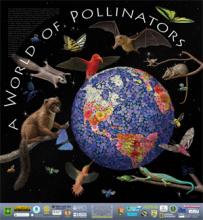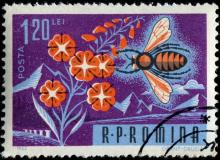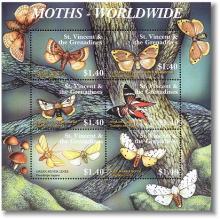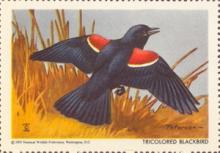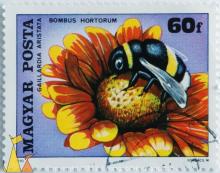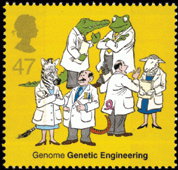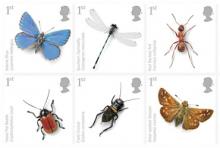Grassland butterflies have declined dramatically between 1990 and 2011
This has been caused by intensifying agriculture and a failure to properly manage grassland ecosystems, according to a report from the European Environment Agency (EEA). Seventeen butterfly species are examined in 'The European Grassland Butterfly Indicator: 1990–2011’, comprising seven widespread and 10 specialist species. Of the 17 species, eight have declined in Europe, two have remained stable and one increased. For six species the trend is uncertain.


